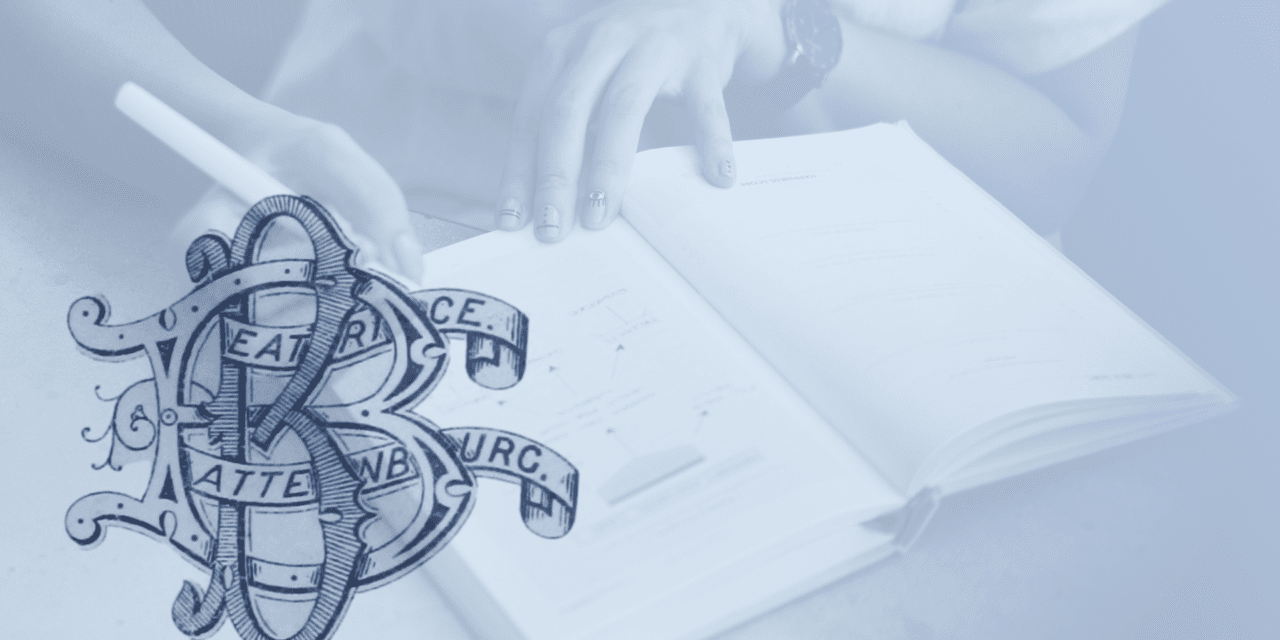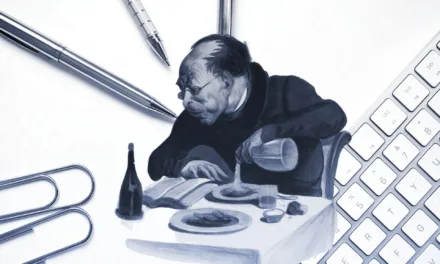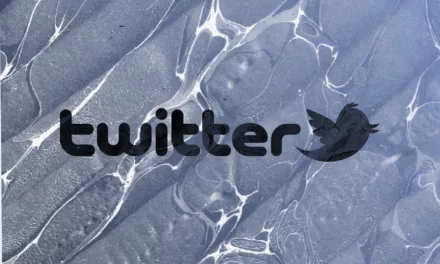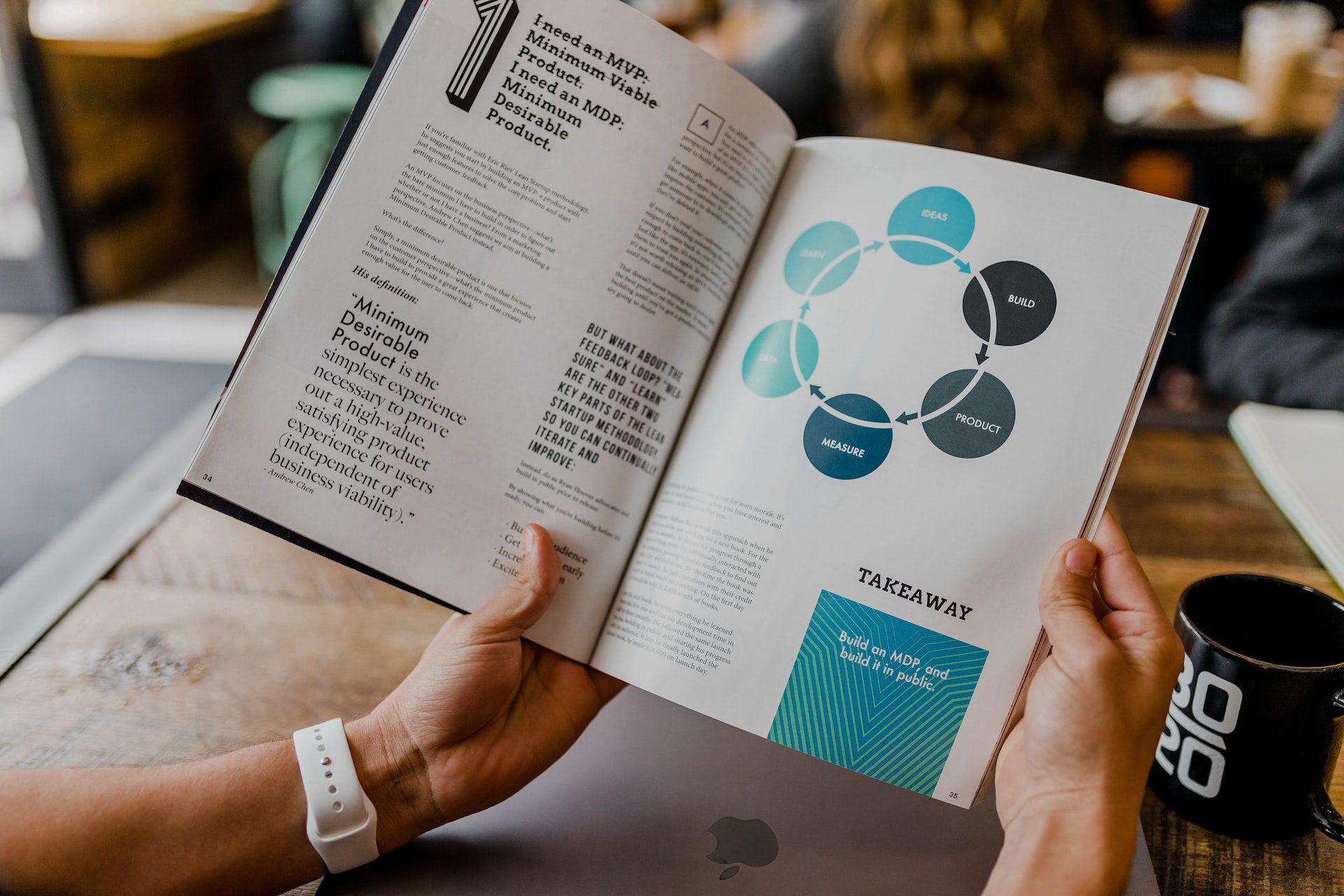
How to Write a Short Story Using the ABDCE Structure

The ABDCE structure is a great way to outline a short story. It stands for Action, Background, Development, Climax, and Ending. By following this simple formula, you can ensure that your story has a strong beginning, middle, and end that keeps your readers hooked from the first to the last page.
The ABDCE structure was first documented in Anne Lamott’s Bird by Bird, in which she recounts a conversation with her friend, short story writer and novelist, Alice Adams. Adams developed this five-act structure to give her stories momentum and simplify the act of outlining, but it can be used at a chapter or scene-by-scene level as well.
Action
The first step in using this formula is choosing an opening image or idea that will grab the reader’s attention immediately. The inciting incident will set the stage for what comes next.
You want readers to feel instantly invested in your story and be desperate to read more. Starting things off with an action beat sets your story up with a sense of movement. Action is what draws the reader in. In this formula, that action is something physical that involves a character doing something.
This idea isn’t unique to this structure; an inciting incident is a staple part of starting any narrative. You may even have heard the phrase in medias res (a Latin phrase that translates to “in the middle of things”), which starts the plot in the middle to create an action beat followed by flashbacks. The action of the ABDCE structure, however, can be chronological.
You can choose any action point you want to kick off your story. The scene can be as short or as long as you need it to be to best serve your narrative. However, the main element of this formula is that the event sets your plot in motion.
Background
The background element of the ABDCE structure provides readers with essential context for your story. It provides vital information that will inform how readers will understand your characters’ actions as they progress through the story and give a sense of time and place. It’s where you can build out your setting and get a feel for where the characters are (both physically and emotionally) before the story gains momentum.
You can think of this section as the “before” to the action’s “after.” It’s the calm before the storm, so to speak — a brief respite after an exciting beginning to set up what comes next and contrast with the action that follows.
A great way to introduce your story’s background is through exposition. This can be done through a character’s inner thoughts, a story told through an omniscient authorial voice, or through dialogue between characters.
But it’s important not to get bogged down in too much detail here; you want to provide enough information to orient your reader without slowing down the story’s momentum. There is nothing more essential to a short story than pacing.

Development
The development section is where your story really starts to take shape. Here, you begin to see the consequences of your opening action play out and how your characters react to it.
The majority of your story will be development. It’s where you introduce stakes and conflict and have your characters attempt to reach their goal. As you progress the plot, throw obstacles in the way of your characters achieving their goals, giving them a chance to overcome and lead seamlessly into the climax.
Anticipating your readers’ expectations is key here; you want to give them what they want, but not in the way they expect. A short story is always most memorable if you play with reader expectations and twist your story in an unexpected way.
Short stories are all about engagement and tension. You can’t rely on deep world-building or strong character development due to the length. This is why playing with form, function, and defining a solid throughline is an essential part of any short story writer’s arsenal.
Climax
The climax is the apex of your story. It’s where your rising action peaks and where the critical narrative twist of your story occurs. After this moment, something will be different for your characters and either something physical or how they view themselves or the world around them will change.
This is the moment where everything your readers have been waiting for comes to fruition. It’s the payoff for all the tension and engagement you’ve been building up to this point.
The climax should be a turning point for your story and your readers. It should be the moment that changes everything and throws the story’s events into a new light. Keep in mind, however, not to make the climax too convoluted; in the context of a short story, brevity is everything. Keep your writing sharp.
Ending
This is your chance to leave an impression. The story is winding up, and your characters will have learned something or be changed because of what they’ve endured over the course of the narrative.
The key to a great short story ending is not overstaying your welcome. Once you have reached your story’s climax, you want to wrap things up.
If you’ve left a lingering question by the end of the climax, the ending is where you tie the narrative together and provide clarity. If you’ve made a structural choice in your story, like a flashback or a leap of time, the ending is where all that confusion gets cleared up, and the narrative linearity is returned.
You want your readers to feel at the end of your story. They either need to feel a sense of clarity or have an emotional response to how things end.

The ABDCE structure is a great way to organize your thoughts and create a framework for your story. It’s a simple, straightforward way to ensure that your story has a clear arc and that all the elements are in place. But, while it is an excellent guide, you must remember there is no one way to write a short story. The most important thing is to find what works for you and what helps you tell the story you want to tell.




























